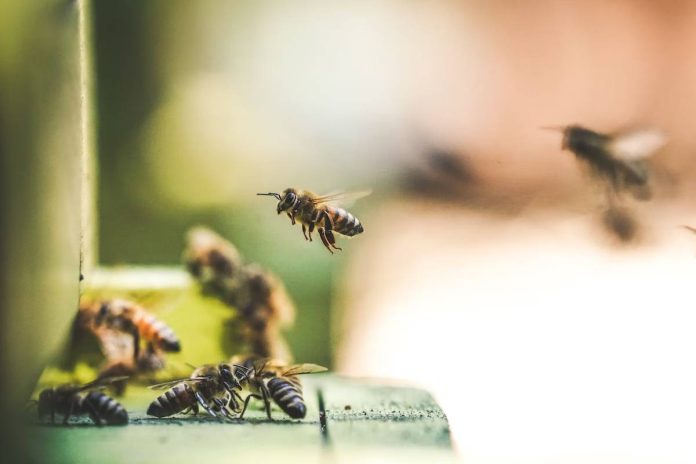Urticaria is commonly known as nettle rash or wheels. It ordinarily means an itching sensation with a rash. But in medical terms, it is defined as skin eruption or allergy. Some of the common symptoms of Urticaria is itching with red circular or irregular eruptions on any part of the body. You can experience a sudden skin eruption, burning sensation, swelling, redness and anxiety if you are suffering from Urticaria. Another common feature of Urticaria is that it remains on the body for a variable time period. It may remain on the body surface for a few seconds or can also remain for a few hours. The allergy tends to get disappear without keeping any trace. It also has the tendency to reappear.
Types of allergy
The allergy can be divided into various types depending on the duration and frequency. The different forms of Urticaria are recurring, chronic, acute and subacute.
However, it is to be noted that Urticaria can also be nonallergic in nature. Non-allergic Urticaria is caused by stress, exercise, temperature, and other factors.
Causes of Urticaria :
Food items like wheat, cheese, milk, egg, cereals, fish, chicken, and oranges can cause allergies. Synthetic and artificially flavored food products can also cause this allergy.
Environmental factors such as changes in temperature, house dust, and pollen can induce Urticaria. Severe cold and hot temperatures may be the reason for this allergy.
Sometimes drugs such as antibiotics, vaccinations, and anti-inflammatory drugs like aspirin can create eruptions.
Using synthetic products such as talcum powder, perfume, and deodorants may cause skin eruption.
It may also be caused by viral infections, infections in the Urinary tract, and insect bites.
In spite of all these factors mentioned above, there are several reasons which cannot be ascertained for the cause of Urticaria.
The allergy can be treated in two ways :
General Treatment
Medicinal Treatment
General Treatment: General Treatment includes the identification of factors that are causing the allergy. Then necessary steps should be taken to eliminate those factors which are inducing it. Corrected food habits and an improved environment can help to overcome the disease.
Medicinal Treatment: It includes Homeopathic Treatment and Allopathic Treatment. Homeopathy treatment is carried out after studying the case history of the patient. Homeopathic medicines are not lotions or ointments used on the surface of the body. The medicines are oral in nature.
Treatment
Homeopathic treatment has proved that it is able to cure the disease in most cases. Nearly 80% of the cases that have undergone homeopathic treatment have proved effective. Moreover, the treatment is 100% safe and does not have any side effects. The results achieved are fast and long-lasting. Another important feature of Homeopathic treatment is that it is based on individual persons. The course of medicine varies from person to person. Usually to cure this disease by the homeopathic treatment you will have to wait between two months to twelve months.
In Allopathic Treatment, many drugs such as antibiotics, dapsone, and ketoconazole are used to overcome the allergy. Injections and oral medicines are used in the treatment.
Read also: Allergies and Diseases



